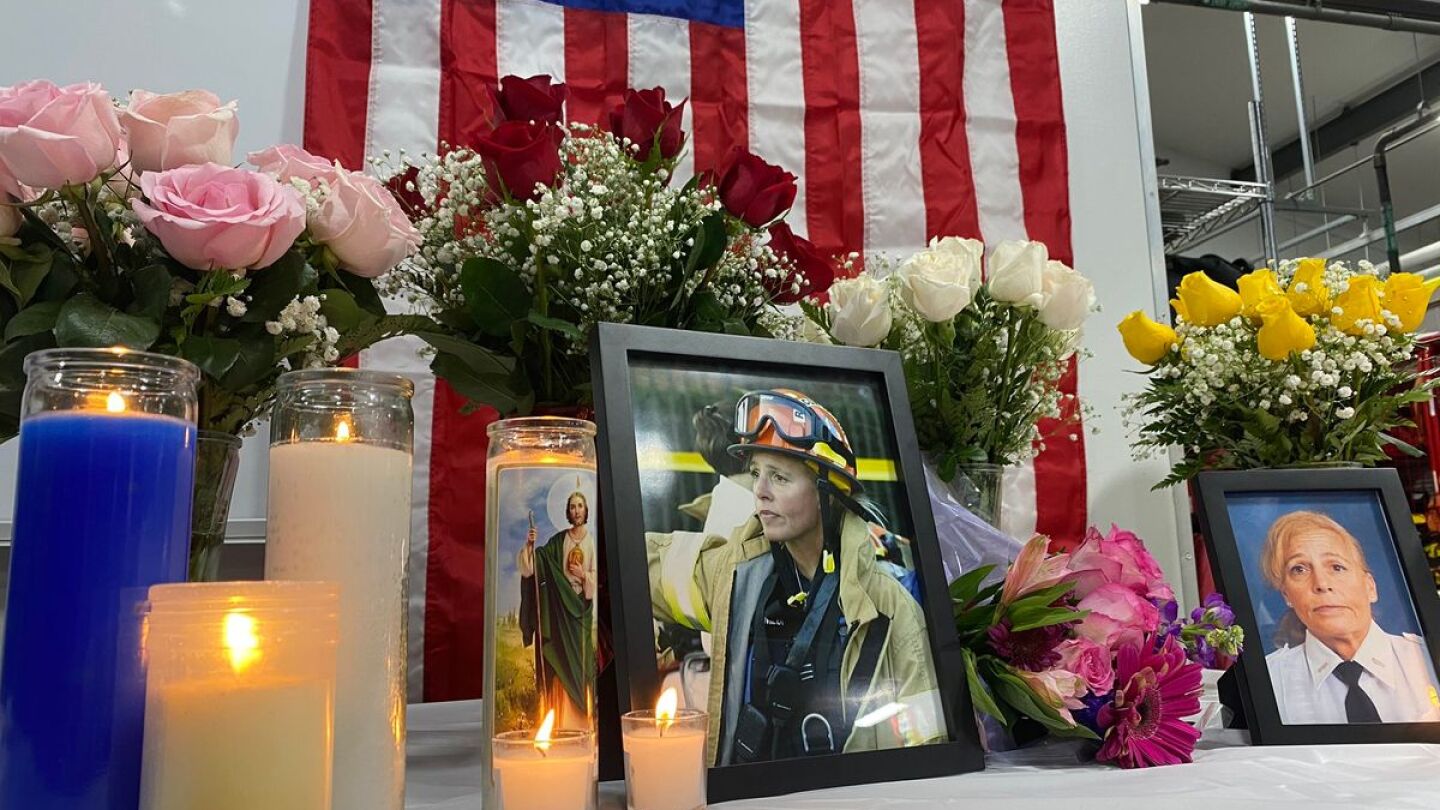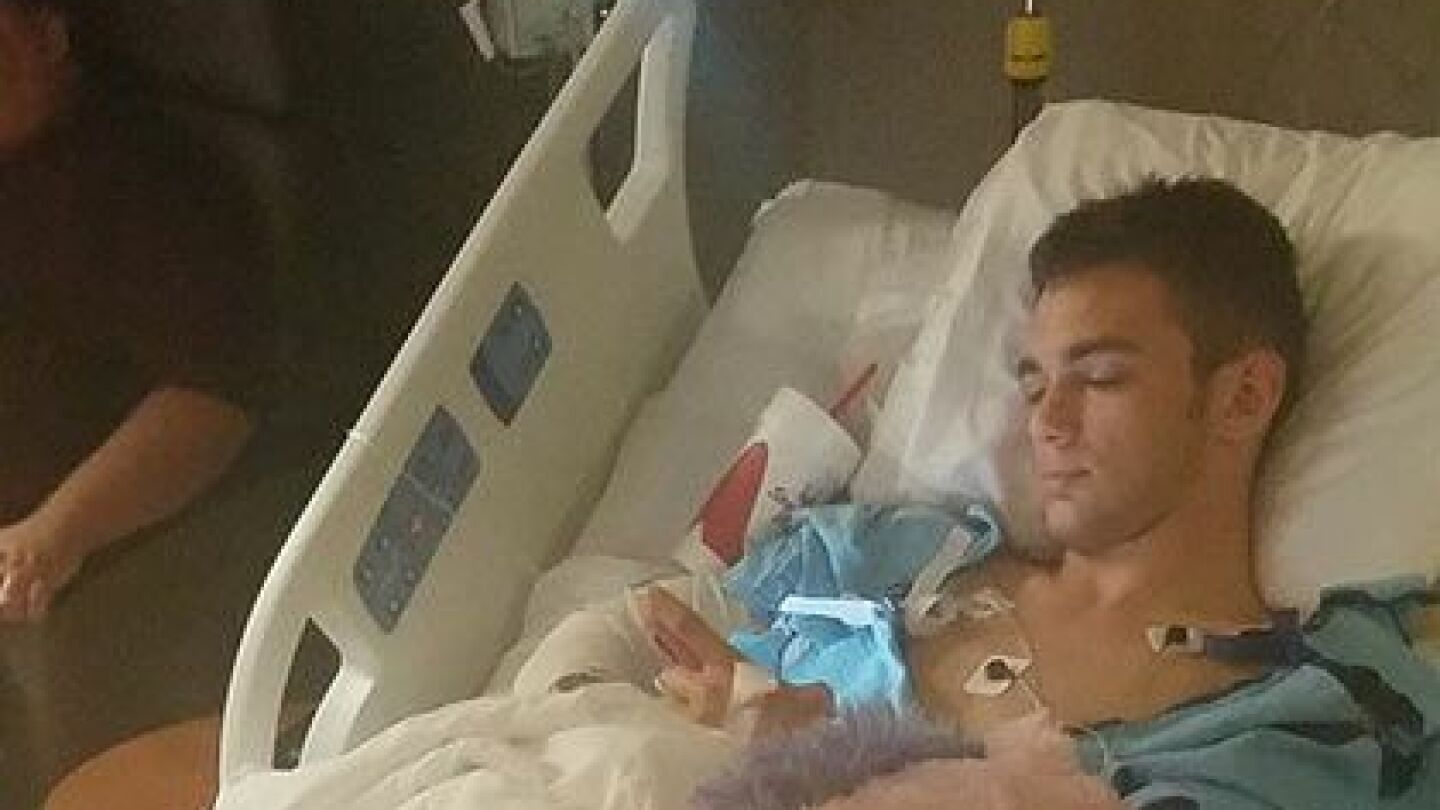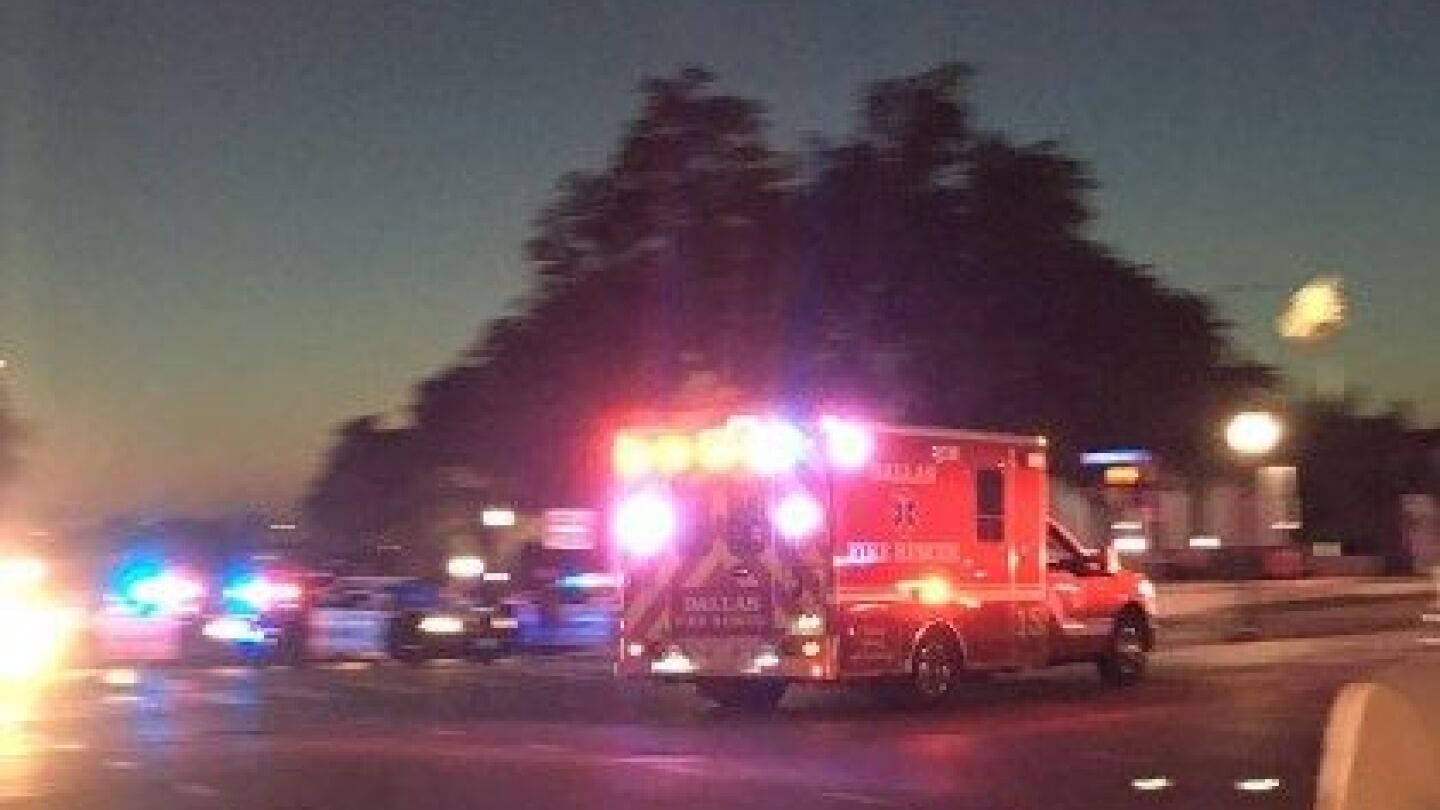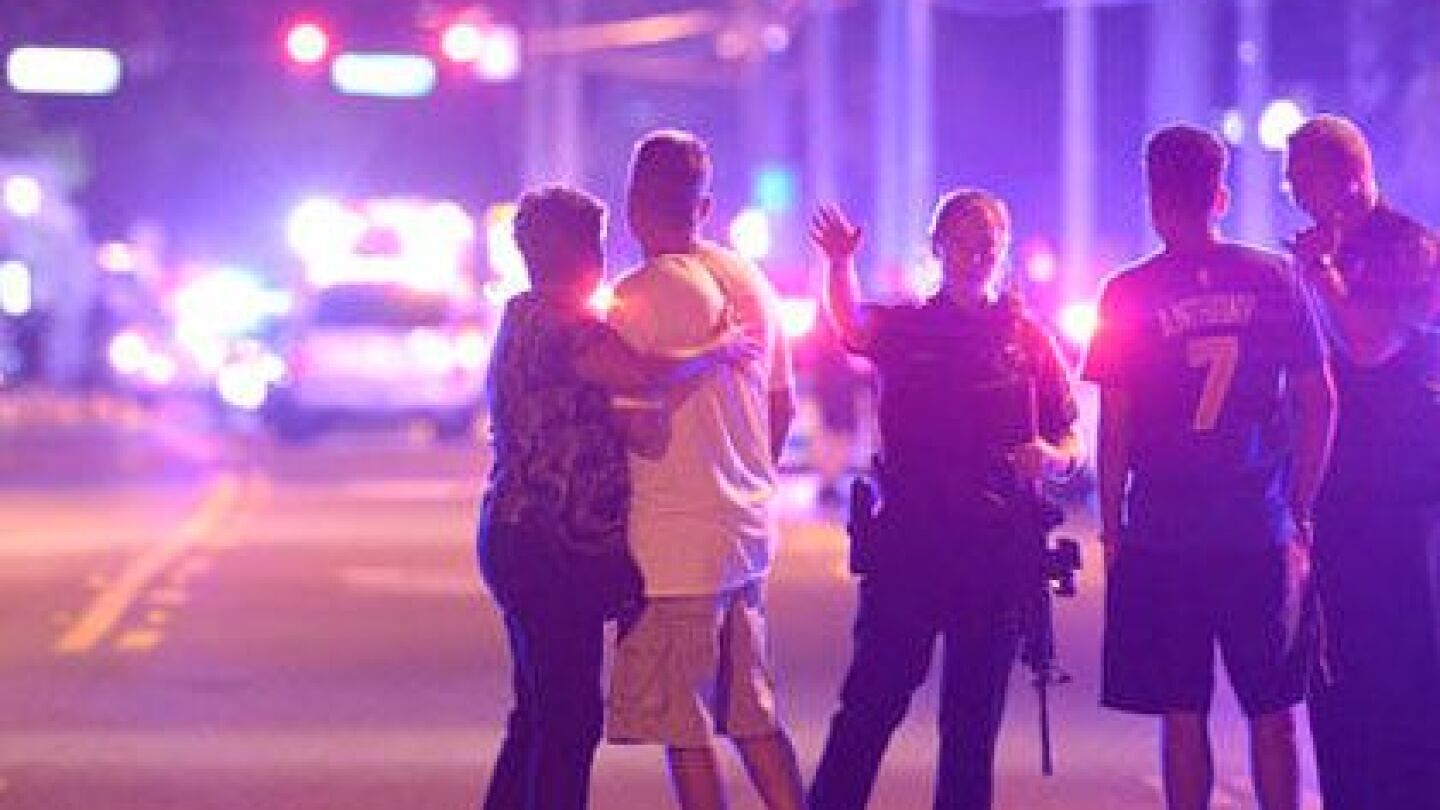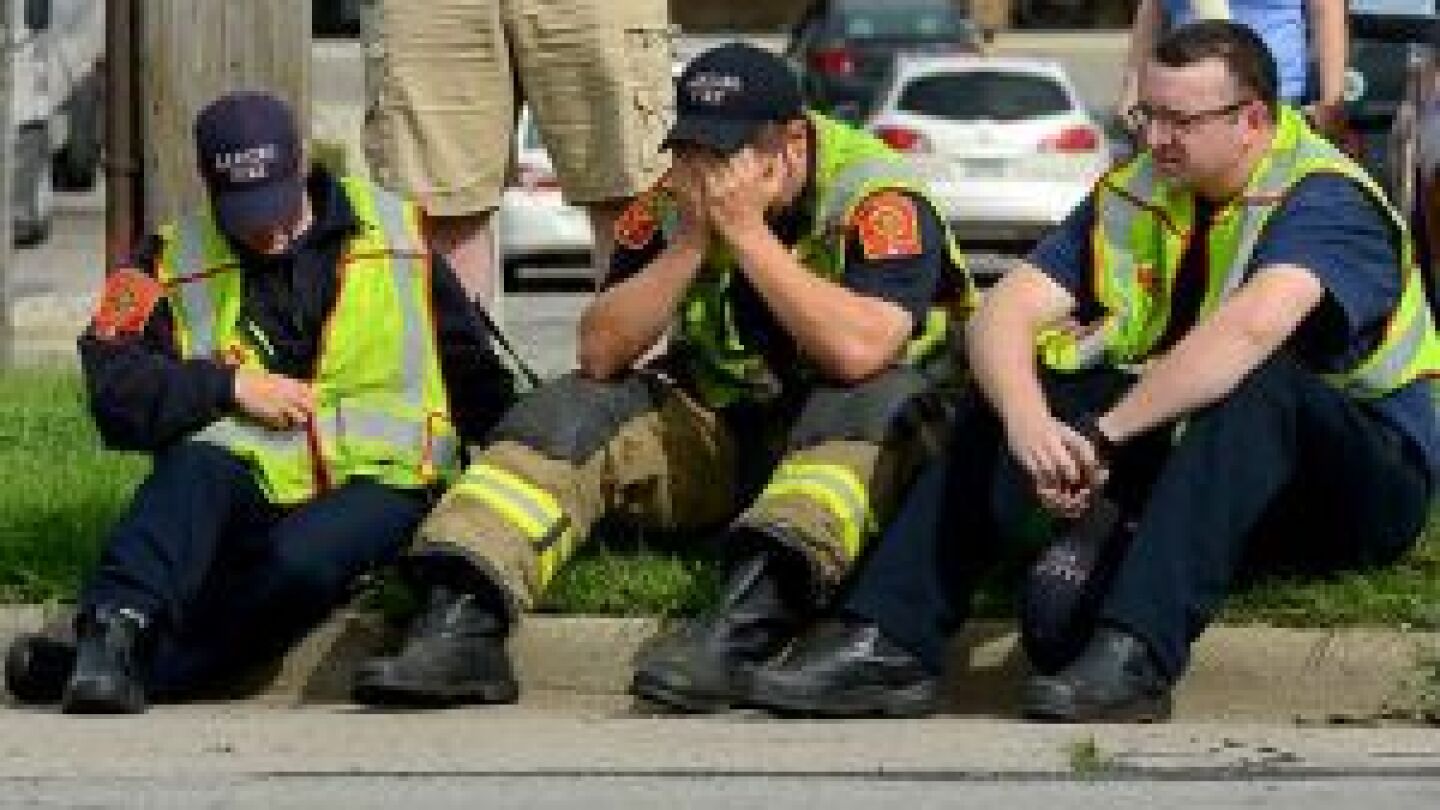Rapid Response
The Rapid Response topic features expert analysis on recent news events. These in-depth articles also provide EMS agencies and leaders with top takeaways to learn from and relevant resources to bring back and implement within your own agency to always be prepared.
Train your communities to identify, call out and respond to active threats
Maryland physician describes the current pediatric bed crisis as “far worse than the worst days of the adult critical care bed crunch during COVID”
The dangers to EMTs/medics are less well known to the general public than firefighting, even at times to the agencies where they work
Here’s what we can learn from teenager and EMR Daniel Wesley, who was critically injured coming to the aid of a murder victim
As we mourn the deaths of five Dallas police officers paramedics are reminded of the importance in being cautious, calm and conspicuous as caregivers
EMS leaders, field personnel should review and reconsider their preparedness to respond to active shooters
LODD of firefighter-paramedic John Ulmschneider is a tragic reminder of the potential for violence on every EMS incident
The fallout from the bankruptcy of a major NYC 911 EMS response agency will be felt most heavily by EMS providers on the street
EMS actions at an active shooter incident are likely improving as mass shootings become familiar, regular and routine
EMS, fire and police must work together to plan and train for HTV responses
New research has found that the mortality rate of white, middle-aged Americans has significantly increased since 1998
The citizen and EMS response to a masked Swedish man who stabbed four people affirms the continuing need for public access hemorrhage control
Apply hazardous incident response principles of time, distance and shielding to minimize risk from callous, selfish, distracted and criminal POV drivers
CVS to sell naloxone without a prescription in 14 states, making the drug as easy to obtain as a tourniquet or fire extinguisher
Radio traffic between dispatch and responding units during Oregon college campus shooting highlights how it’s done
The mass murder of college students strikes painfully close to home for me and we must not accept this as normal
Constant updates from a PIO reduces speculation and uncertainty, which is especially important for the friends and family of those directly involved
Violent actions against emergency responders are common, but what does it mean when the violence is random and public
Narcotic theft, often by the people entrusted to secure and administer those drugs, is damaging to providers, agencies and communities
Lack of training, confusing policy, and bystander conflict make halting or continuing resuscitation nearly impossible for medics to do what’s right
MOST POPULAR
- Rapid Response: EMS providers bear burden when leadership fails
- Rapid Response: Active shooter response command decisions are made by first arriving ambulance crews, fire companies and police officers
- Rapid Response: Triage, treatment and transport at a pediatric MCI
- Rapid response: Spotting senior abuse on EMS runs
- Changes proposed after Fla. firefighter-medic sleeps through fatal call




